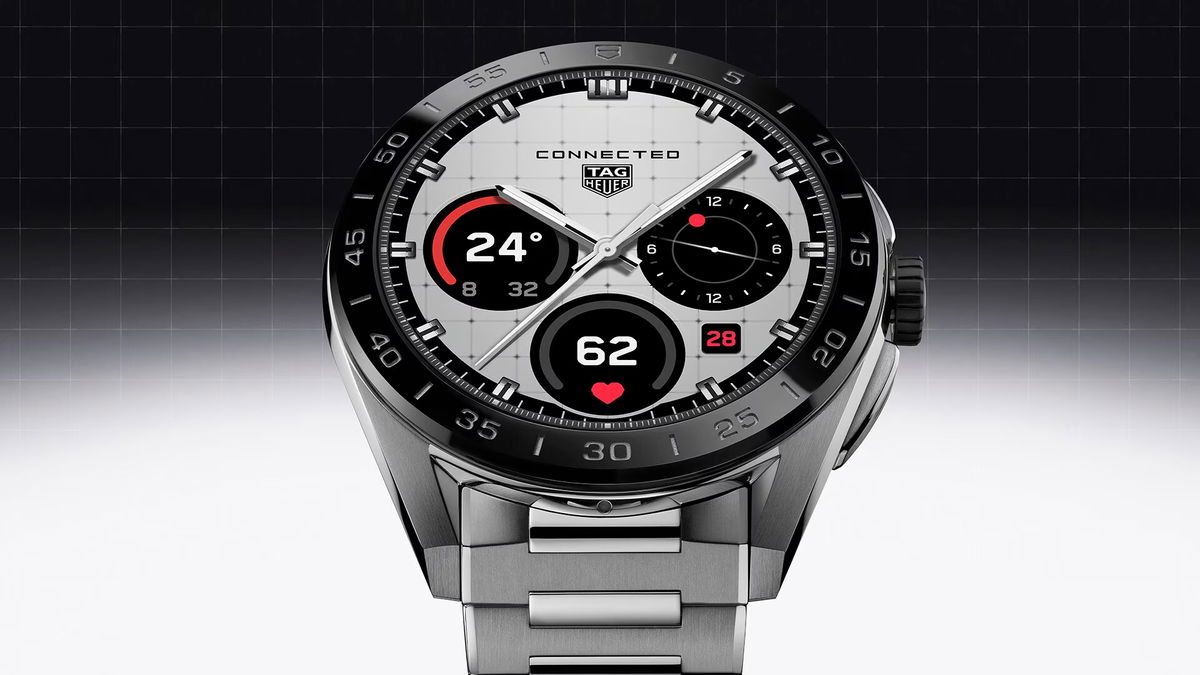In a recent article about annoying things in the gaming industry, I sweared unjustifiably little about donations in paid AAA games. Today I will swear even less, but this will only make the conversation more interesting.
Today we will look at “patient zero“Microtransaction virus in games, let’s note the most ugly examples of siphoning money from players and discussing what is happening in the industry now.
This is the history of donation in premium games. Prepare your wallets.
Patient zero. Horse armor in the Elder Scrolls
 Maple Story is one of the first games with donation. Developed in Korea and still exists today
Maple Story is one of the first games with donation. Developed in Korea and still exists today
The history of microtransactions in games began long before they became a phenomenon in paid AAA games. The origins can be found in games where microtransactions are used to maintain servers and development. The move is quite logical; unfortunately, it is impossible to support an MMO game server for free.
And what is important to note is that game announcements of those years often heavily influenced gameplay, strongly dividing players into those who could afford everything and play comfortably, and everyone else. One of the first examples was the game Maple Story, released in 2003, which helped players purchase in-game items.
However, in paid AAA games this trend began to appear much later. Initially, they tried to skillfully disguise it as DLC. The clearest example is The Sims. You remember how many paid sets of cosmetics, medallions and everything ready-made were released there?
But no one complained about this, because cosmetics were a very independent part of the process.
 From you 2.5 dollars.
From you 2.5 dollars.
But the example from the title of this segment has become almost a fundamental and “original evil” when it comes to donations in paid games. We are talking about DLC for The Elder Scrolls IV: Oblivion for $2.5. At this price, the player did not receive story quests, a faction or something like that.
For $2.5 the player received golden armor for a horse, which, apart from changing its appearance, does absolutely nothing else. The main goal of this decision was to become a pioneer in the field of downloadable content from Xbox Live.
It was Bethesda and Microsoft that became the founders of this culture. And they were very upset by the negative reaction from players, according to Bruce Nesmith, a former designer at the company.
Survival for money in dead space and orcs from loot boxes
 Don’t want to bother too much with upgrading your weapons? Pay.
Don’t want to bother too much with upgrading your weapons? Pay.
The second stage of receiving donations in classic AAA games occurred in 2013 with the release of Dead Space 3. The game, published by EA, was one of the first major projects to introduce a microtransaction system, which allows players to buy resources for crafting, instead of searching for them at locations.
Yes, all those things that you use to create weapons can be found, but if you are lazy, then you have to pay here, and all the components are on your table.
EA as a whole can be cited as one of the greediest publishers in the industry. Suffice it to recall Star Wars Battlefront II, where in the multiplayer segment the player’s progression system depended heavily on whether he deposited money into the game or not.
If you pay, you will level up faster and get access to upgrade cards and characters earlier than others. All this stuff had to be obtained in loot boxes.
 The game even had a manipulative system of limited offers for everyone according to the precepts of Chinese project announcements. Buy now, gone tomorrow.
The game even had a manipulative system of limited offers for everyone according to the precepts of Chinese project announcements. Buy now, gone tomorrow.
By the way, about loot boxes. remember the days when surprise boxes were in just about every multiplayer game? I remember it well. But I remember even better Middle-earth: Shadow of War, where you had to get orcs for your army from loot boxes. And if you don’t do this, the game forces you mercilessly grind and did not allow me to support myself normally.
Game designer Michael de Plante once said: “The Orc system was designed to give players the ability to progress faster if they so choose.” However, after criticism, the system was revised.
 Look, player, if you pay, you can grind less.
Look, player, if you pay, you can grind less.
By the way, the same argument was used to justify donations in Assassin’s Creed Odyssey from Ubisoft. The game was also played with increased difficulty and an item store for real money.
By purchasing these items, you greatly introduce links and make it difficult to progress through quests. Game director Scott Phillips explained the introduction of microtransactions this way: “We want to give players choice in how they want to play, including the ability to purchase unique items or save their own gameplay.“
The only funnier argument is from the producer of Mass Effect: Andromeda on behalf of Michael Gamble: “Microtransactions allow us to support the game, add content, and improve the experience for those who want more from their games.“
And there is some truth in these words – games began to be made much more even then (we are talking about the period from 2010), and the general fashion for external investments will remain for several more years.
 And the most disgusting thing in all these excuses about the high cost and support for the development of the game is that at release the same Andromeda was terribly bugged at the start. Testing games for bugs is apparently even more expensive than making them.
And the most disgusting thing in all these excuses about the high cost and support for the development of the game is that at release the same Andromeda was terribly bugged at the start. Testing games for bugs is apparently even more expensive than making them.
That is why in those years many companies began to involve microtransactions in games. Most of them, as you can see, are designed to save the player’s time. Yes, pay to play the game, and then pay to play the same game less.
Each of the above examples causes a barrage of criticism from gamers and journalists (those who do not value good relations with the developers and the publisher), and many games were eventually remade, removing the leader’s donation or reducing his influence on the game itself. But what should those who have already deposited money do?
It’s okay, you yourself agreed to this.
These days everyone seems to have resigned themselves
 An example of a modern attitude towards donation.
An example of a modern attitude towards donation.
Since 2020, the situation has changed a little. Now there are significantly fewer projects on the market that are asking for internal projects and paying a high price for them. They remain, of course, but the influence of the cosmetic donor on the process was noticeable, and sometimes not at all.
From the examples above, I remember Capcom and the opportunity to buy, for example, weapons in Resident Evil 4 Remake. But the main difference is that the balance in the game is tailored to the player, and not to his money, so the feeling of such a donation is different.
In general, microtransactions in paid games have their defenders. And their main argument is that the process is voluntary. Ostensibly, in-game purchases are usually optional and players can enjoy the game without additional costs that protect their freedom of choice.
And in general, microtransactions allow developers to continue to support the game, add new content and fix bugs, improve the gaming experience without the need to release paid DLC. Only defenders forget that the original purpose of the DLC is to provide ADDITIONAL content beyond the basic one, and not what is in the game initially.
I voice this thought to you. Have a good day!
Source: Iphones RU
I am a professional journalist and content creator with extensive experience writing for news websites. I currently work as an author at Gadget Onus, where I specialize in covering hot news topics. My written pieces have been published on some of the biggest media outlets around the world, including The Guardian and BBC News.










